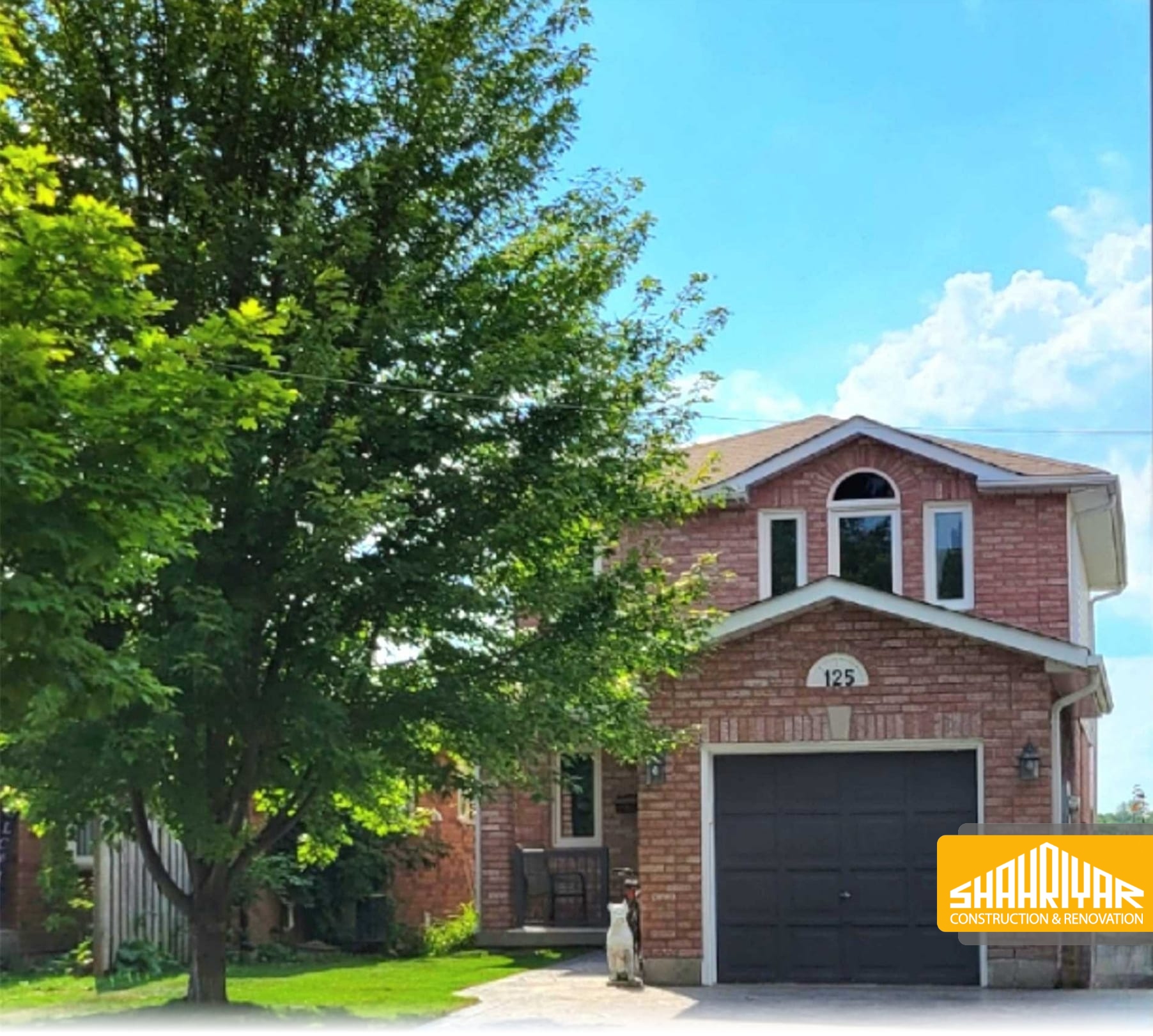Restoring old homes is a rewarding project that combines preserving historical charm with modern functionality. This process requires careful planning, respect for the original architecture, and an understanding of both structural and aesthetic elements.
Assessment and Planning
The first step in restoring an old home is a thorough assessment. This includes checking the foundation, roof, plumbing, and electrical systems. Understanding the condition of these elements helps in prioritizing tasks and budgeting effectively. Consulting with professionals such as architects, historians, and contractors who specialize in old homes can provide valuable insights.
Structural Repairs
Structural integrity is paramount. This might involve reinforcing the foundation, repairing or replacing roof structures, and addressing any issues with the walls and floors. Restoring or replicating original materials, like brick, wood, or stone, maintains the home’s historical authenticity.
Modernizing Systems
Updating the plumbing, electrical, and HVAC systems is crucial for safety and comfort. While it’s important to modernize these systems, efforts should be made to conceal new wiring and pipes to preserve the home’s historical appearance. Energy-efficient solutions can be integrated discreetly, such as insulating walls and installing modern heating and cooling systems.
Restoring Aesthetic Features
A key aspect of restoring old homes is preserving or recreating original aesthetic features. This might include repairing original woodwork, restoring plaster moldings, or refinishing hardwood floors. Using historically accurate materials and techniques ensures that the restoration is faithful to the original design.
Upgrading Kitchens and Bathrooms
Kitchens and bathrooms in old homes often require significant updates to meet modern standards. However, these upgrades can be done in a way that complements the historical style. For instance, modern appliances can be integrated with custom cabinetry designed to match the era of the home.
Adding Modern Amenities
While preserving historical integrity, adding modern amenities can enhance the home’s functionality. This could include installing smart home technology, adding a home office, or creating more storage space. These additions should be designed to blend seamlessly with the existing architecture.
Landscaping and Exterior Work
The exterior of the home and its surroundings also play a vital role in the restoration process. Restoring old windows, repairing porches, and maintaining historical landscaping designs contribute to the overall aesthetic. Additionally, improving drainage and adding outdoor living spaces can increase the home’s usability and curb appeal.
Challenges and Rewards
Restoring an old home can come with challenges, such as dealing with outdated building codes, finding appropriate materials, and managing unexpected issues like hidden structural damage. However, the rewards are significant. A well-restored home not only retains its historical charm but also provides modern comfort and functionality. It can also increase the property’s value and contribute to the preservation of local heritage.
In conclusion, restoring an old home is a meticulous but deeply rewarding process. It requires a balance of preserving the past while integrating the present, resulting in a home that honors its history while providing a comfortable living environment for the future.


